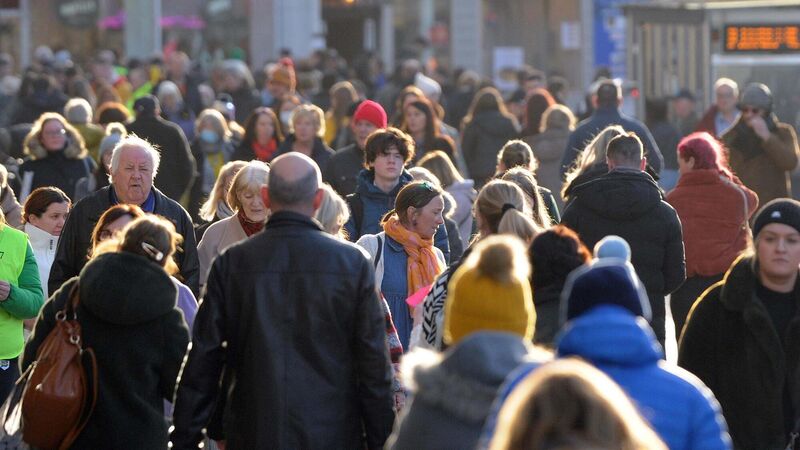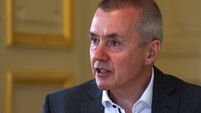Diminishing risk of recession means higher-for-longer interest rates are becoming a reality

In the Euro area, rate cuts of 100bps are priced in for 2024-25.
Market attention this year has been very much focused on hikes in central bank rates and when they might end.
Futures contracts indicate that traders believe US rates have now reached a peak and the ECB will deliver just one more hike this autumn. There has been little change in this view over the past couple of months.
However, where there has been a marked change in expectations recently is in relation to the extent that central banks lower rates in 2024-2025 and where rates settle over the longer term. During the past month, markets have been scaling back their expectations for policy easing and upping the level at which they expect rates will eventually settle.
Significant rate cuts are still expected in the US in 2024-2025, with rates falling from 5.375% to 3.75%, but they are then expected to settle around this level in subsequent years. By contrast, US rates were pitched at, or close to, 0.1% for most of the period 2009 to 2022, apart from one occasion when they rose briefly above 2%.
Meanwhile, in the Euro area, rate cuts of 100bps are priced in for 2024-25, taking the deposit rate back down to 3%. It is then expected to remain at this level for the rest of the decade, a far cry from the negative interest rates that prevailed from 2014 until last year.
Even more dramatic is the UK, where rates are expected to peak at 6% early next year and then fall back to a trough of 4.5% in subsequent years. UK rates were pitched at between 0.25% and 0.75% between 2009 and 2022.
This hardening of expectations in regard to the level of official rates over the longer term has pushed up bond yields in the past month. Ten-year US Treasury yields have risen from 3.75% to 4.3% since mid-July, close to their highest level since 2009. Ten-year German bond yields have climbed from 2.3% to 2.7% over the same period, while 10-year UK gilt yields have risen from 4.2% to 4.75%.
Rising bond yields have seen stock markets come under downward pressure in the past month following their strong opening half to the year. Meantime on forex markets, the dollar and sterling have benefitted as rates in these economies are now expected to remain particularly elevated in coming years, while the yen’s decline has resumed, with official rates in Japan still pitched at close to zero.
The primary driver of the higher-for-longer rate outlook is the diminishing risk of recession and growing expectations of a soft landing for the world economy. GDP sprinted ahead of expectations in all the main developed economies in the second quarter.
Indeed, the US economy is not even slowing down, never mind going into recession. GDP growth in the US in 2023 now looks set to match the 2% rate recorded last year.
Meanwhile, unemployment remains at or very close to record lows, apart from the UK where it is now edging up. Wage growth is also strong everywhere, while core inflation rates remain well above the 2% target level.
This points to an environment where central banks are likely to keep monetary policy tight until the next downturn in the global economy, which markets seem increasingly convinced is no longer a near-term risk as growth proves more durable than anticipated.
- Oliver Mangan is Chief Economist with AIB











